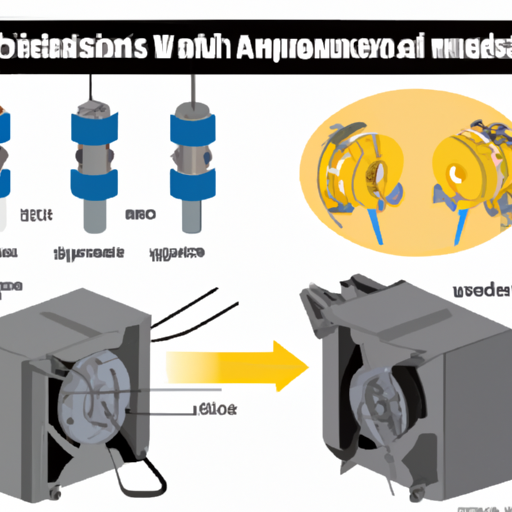Title: Understanding the Inner Workings of Audio Transformers

1. Basics of Transformers (200 words) To comprehend audio transformers, it is crucial to grasp the fundamentals of transformers in general. Transformers are electromagnetic devices that transfer electrical energy between two or more circuits through electromagnetic induction. They consist of two coils, known as the primary and secondary windings, which are wound around a common magnetic core.
2. Construction of Audio Transformers (250 words) Audio transformers are specifically designed to handle audio frequencies, typically ranging from 20 Hz to 20 kHz. They are constructed using laminated iron cores to minimize energy losses due to eddy currents. The primary and secondary windings are wound around the core, ensuring electrical isolation between the input and output circuits.
3. Impedance Matching (300 words) One of the primary functions of audio transformers is impedance matching. Impedance refers to the opposition to the flow of alternating current (AC) in a circuit. Audio devices often have different impedance levels, and mismatched impedances can result in signal degradation. Audio transformers help overcome this issue by matching the impedance of the source device to that of the load device, ensuring maximum power transfer and minimizing signal loss.
4. Signal Isolation (300 words) Audio transformers also provide signal isolation, which is crucial in preventing ground loops and reducing noise interference. Ground loops occur when multiple devices are connected to a common ground, leading to unwanted hum or buzz in the audio signal. By using an audio transformer, the electrical connection between the input and output circuits is broken, eliminating the possibility of ground loops and reducing noise.
5. Noise Reduction (300 words) Audio transformers play a vital role in reducing noise in audio systems. They can effectively isolate the audio signal from external electromagnetic interference, such as radio frequency interference (RFI) and electromagnetic interference (EMI). The magnetic core of the transformer acts as a shield, preventing unwanted noise from entering the audio signal path.
6. Applications of Audio Transformers (250 words) Audio transformers find applications in various audio equipment, including microphones, amplifiers, mixers, and audio interfaces. In microphones, transformers are often used to match the microphone's output impedance to the input impedance of the preamplifier, ensuring optimal signal transfer. In amplifiers, transformers are employed for impedance matching and to provide galvanic isolation between the power amplifier and the speaker.
Conclusion (100 words) Audio transformers are indispensable components in audio systems, providing impedance matching, signal isolation, and noise reduction. Their construction, based on the principles of electromagnetic induction, allows for efficient transfer of audio signals while minimizing losses and interference. Understanding the inner workings of audio transformers enables audio engineers and enthusiasts to appreciate their significance in achieving high-quality audio reproduction.